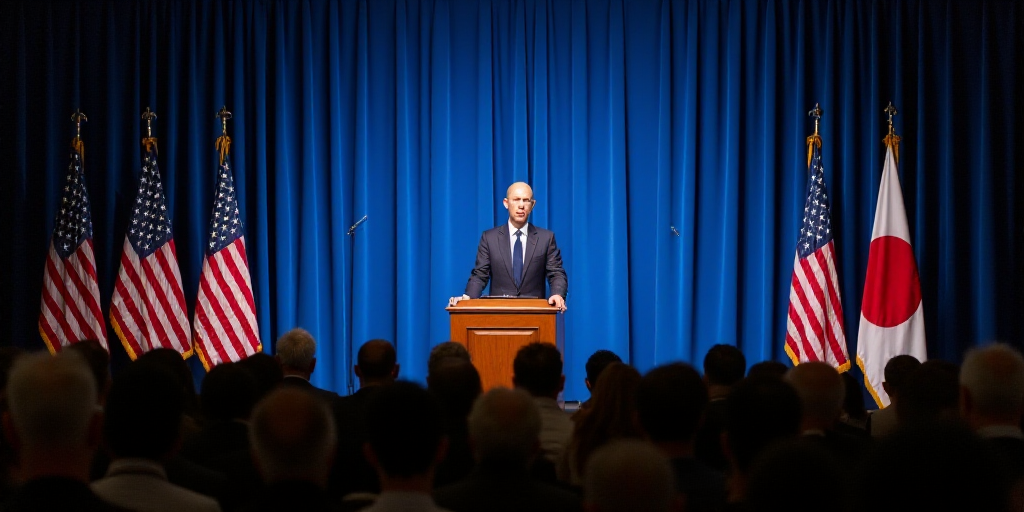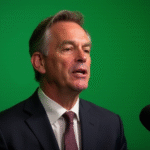Background on the Federal Reserve and Jerome Powell
The Federal Reserve (Fed), led by Chairman Jerome Powell, maintained its benchmark interest rates at 4.25% to 4.5% for the fourth consecutive meeting, as anticipated. This decision was made amidst trade policy shifts by President Donald Trump and heightened geopolitical uncertainty. The Fed, however, continues to forecast two interest rate cuts for the remainder of the year.
Revised Economic Projections
In its statement, the Fed acknowledged that economic uncertainty has decreased but remains elevated. The US GDP growth is now expected to be less than previously anticipated, at 1.4% for this year compared to the earlier projections of 1.7% in December 2024 and 2.1% in March. Inflation is now projected to reach 3%, up from the previous forecast of 2.7% in March.
- GDP growth forecast lowered to 1.4% for this year
- Inflation forecast increased to 3%
- Unemployment rate expected to rise to 4.5% from the previously anticipated 4.4%
Trump’s Pressure on the Fed
Shortly after the Fed began its second day of meetings on Wednesday, Trump once again urged for interest rate cuts and harshly criticized Fed Chair Jerome Powell.
“Frankly, we have a fool at the Fed, probably won’t cut today,” Trump said at the White House.
Trump added, “We don’t have inflation, just success, and I’d like to see interest rates come down.” These comments came before the Fed’s projections were released.
Powell is scheduled to hold a press conference at 18:00 GMT.
This marks the fourth Fed meeting since Trump returned to the White House in January. The dual mandate of the Federal Reserve is to maintain low inflation and promote maximum employment, primarily by adjusting its benchmark interest rate which influences demand.
Impact of Trump’s Tariffs
In recent months, Trump has imposed minimum tariffs of 10% on most products the US imports and higher duties on steel, aluminum, and automobiles. However, these tariffs have not yet led to a general price increase due to Trump’s delay or reduction of higher tariff implementation dates and businesses relying on existing inventories to avoid passing costs onto consumers.
- May consumer price index: 2.4% (annualized) compared to April’s 2.3%
- Economists expect several months for Trump’s tariffs to reflect in consumer prices; the Fed is proceeding cautiously.
- Consumer spending, a key driver of the US economy, seems more focused on wallets as retail sales fell 0.9% in May.
- Geopolitical tensions, such as the ongoing military escalation in the Middle East, further complicate economic forecasts. While Trump boasts about moderating inflation due to lower oil prices, the current conflict could cause oil prices to surge.






